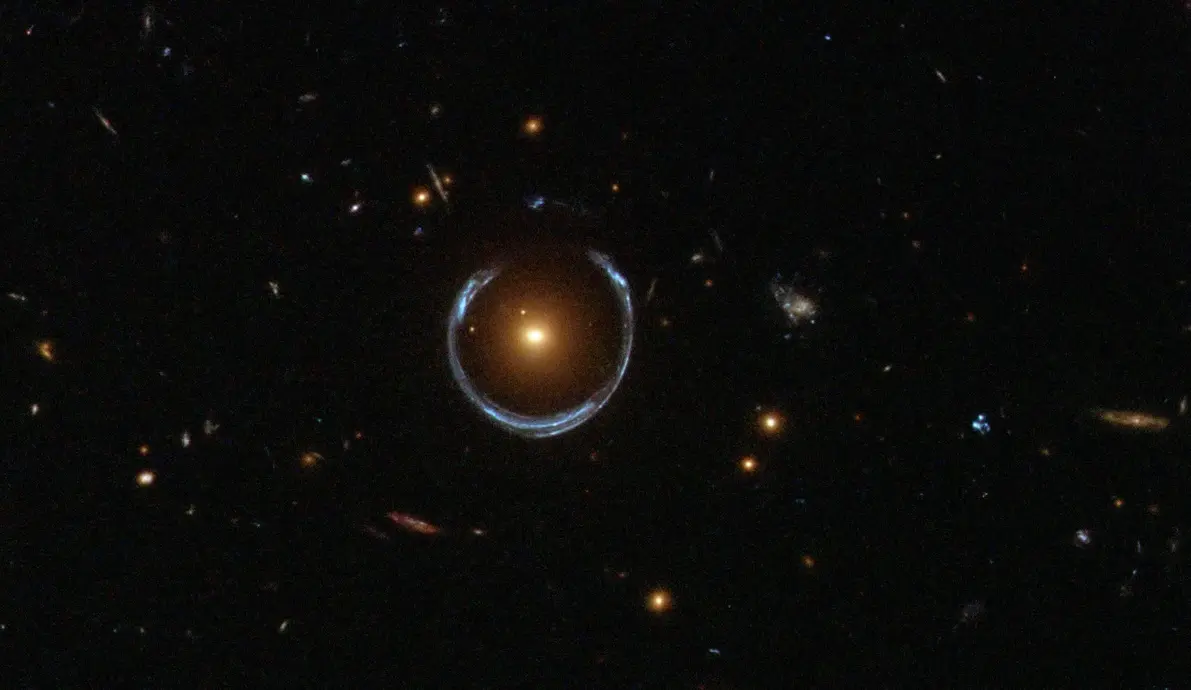T4K3.news
Ice Cube Clouds Signal Recent Milky Way Outburst
Astronomers found cold hydrogen clouds inside the Fermi bubbles, suggesting the Milky Way’s central black hole erupted a few million years ago.
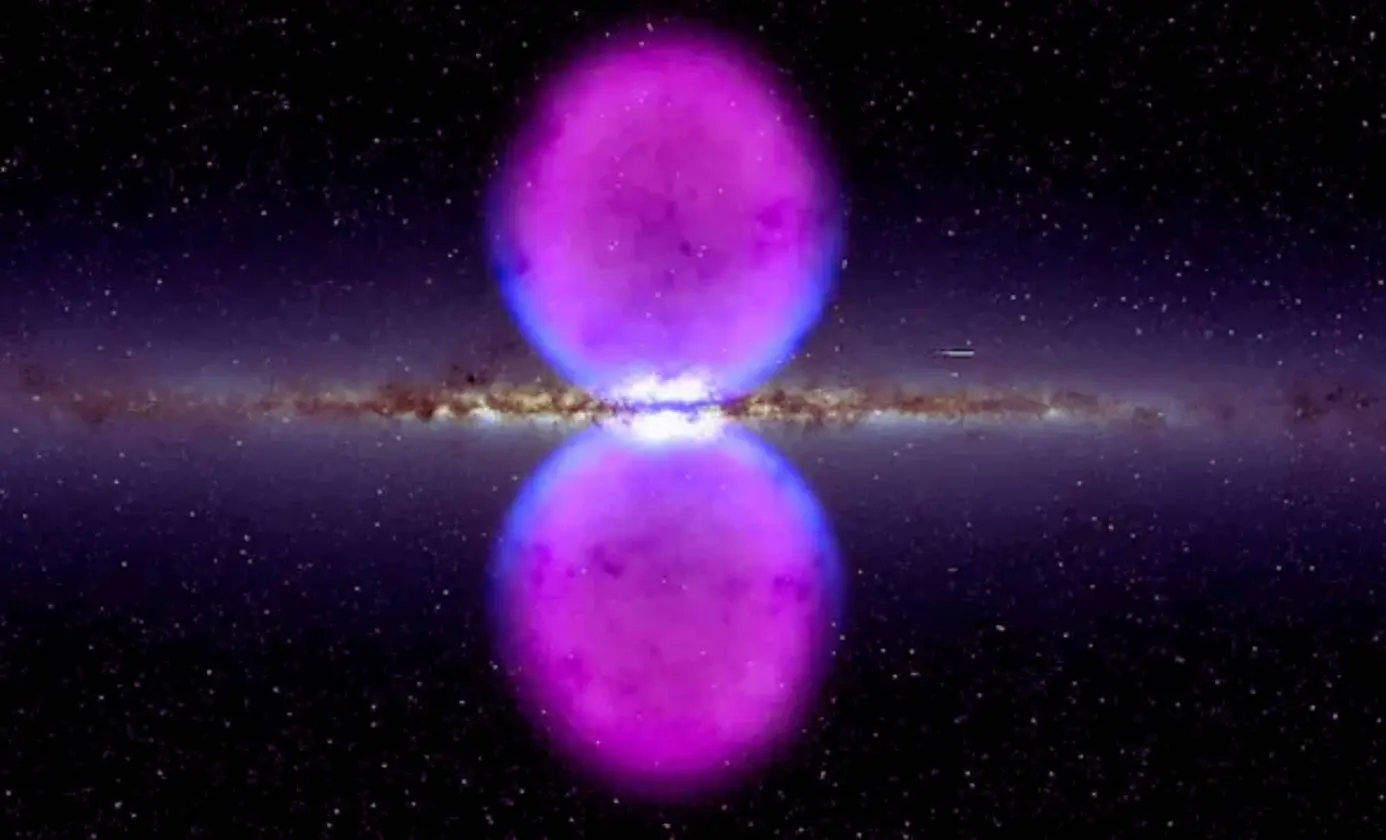
Astronomers report cold hydrogen clouds inside the Milky Way's Fermi bubbles, suggesting a recent black hole outburst.
Ice Cube Clouds Point to Recent Milky Way Black Hole Outburst
A new study reports the discovery of cold hydrogen clouds embedded within the Milky Way's Fermi bubbles, challenging assumptions about the conditions at our galaxy's center. Some of these clouds are as large as 91 light-years, a surprising finding given that the bubbles harbor plasma hotter than one million kelvin. The team argues these clouds could be remnants from larger structures produced by past outbursts from the central black hole, surviving long enough to be detected today. The paper appears in The Astrophysical Journal Letters and adds a layer to how scientists understand the Milky Way's active past.
Researchers say the clouds likely formed in the galactic core and were eroded by powerful winds from the black hole's activity, leaving behind vestiges that act as a clock for dating eruptions. If correct, this means the last major outburst happened only a few million years ago, far younger than some earlier estimates. The finding invites a rethinking of how feedback from massive black holes shapes gas, star formation, and the evolution of galaxies at their centers.
Key Takeaways
"Think of it like dropping an ice cube into boiling water: a small one melts quickly, but a larger one lasts longer — even as it dissolves."
Bordoloi explaining cloud survival
"In principle, these clouds shouldn’t have survived this long."
Bordoloi on the clouds acting as a clock
"These clouds may be vestiges of violent events that shaped the Milky Way."
Implications of the findings
"This discovery could rewrite how we date black hole activity in galaxies."
Editorial takeaway on broader impact
This result shifts the conversation from a quiet, ancient Milky Way center to one with more recent drama. It suggests that galactic cores can fling out energy in bursts that leave behind durable cold clouds, reshaping how we model black hole feedback. The idea of a timekeeper in space—clouds that survive long enough to constrain eruption dates—is compelling but requires careful cross-checking with other data. If confirmed, it could alter expectations about how often similar outbursts occur in other galaxies and how quickly a galaxy can rebound after a blast.
The study also highlights how much we still do not know about the life cycle of gas in extreme environments. Survival of cold gas in such a hot, turbulent region hints at unseen mechanisms that shelter or rejuvenate gas. That opens the door to new questions about star formation precursors, the distribution of gas in the Milky Way, and the broader role of black holes in sculpting their hosts.
Highlights
- A larger ice cube lasts longer even as it dissolves.
- This survival creates a clock for the black hole’s eruptions.
- Cold gas in a million-degree bubble rewrites galactic history.
- If the Milky Way is more active, galaxies may rewrite their histories.
The cosmos keeps time for us, inviting more questions.
Enjoyed this? Let your friends know!
Related News
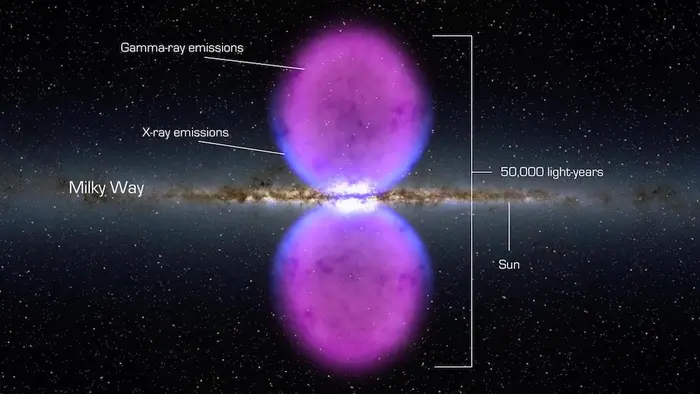
Milky Way Center Reveals Ice Cloud Clues
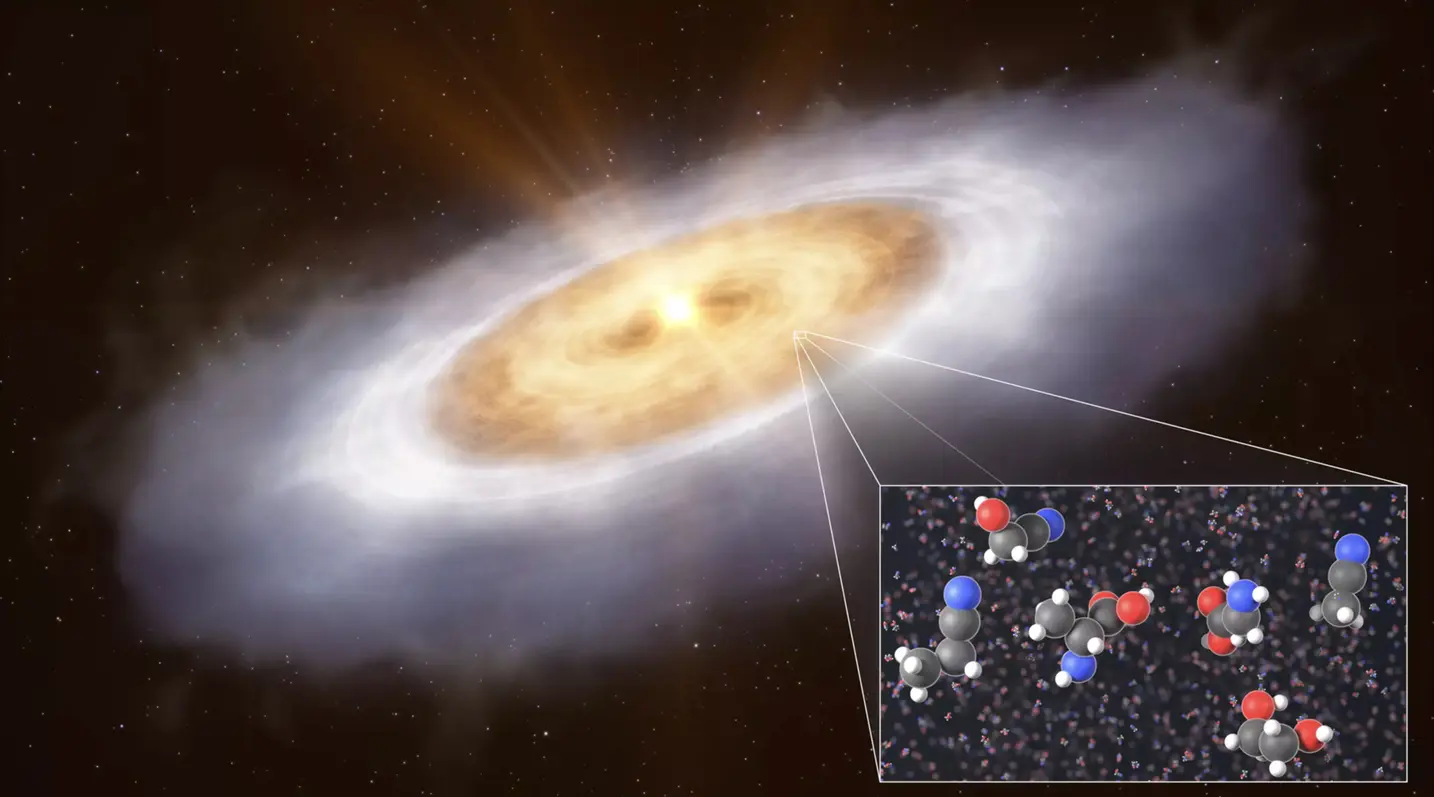
Discovery of Life-Linked Molecules in Space Confirmed

Estrogen protects kidneys from ferroptosis

Astronomers discover life's building blocks in distant star's disk
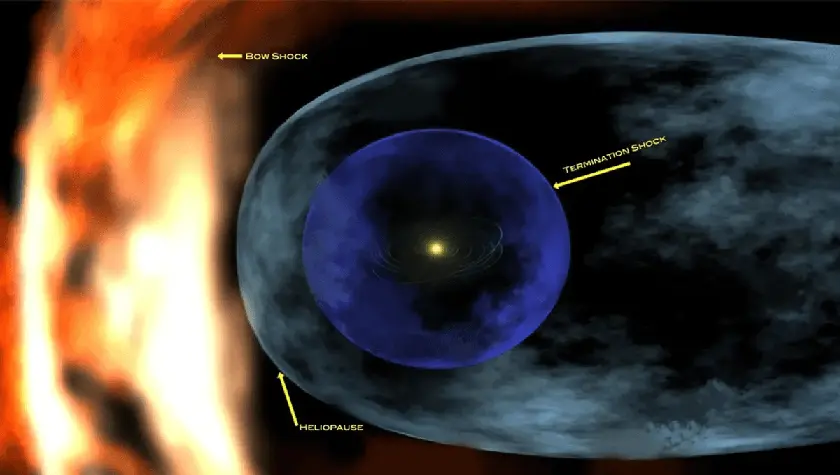
Research suggests interstellar clouds may have cooled Earth
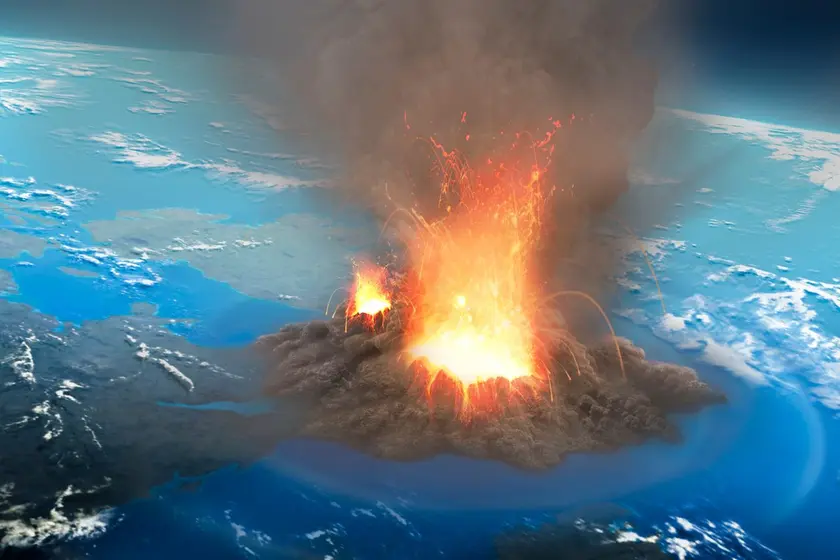
New findings reveal risks of Yellowstone supervolcano eruption

Astronomers discover new Midpoint cloud in our galaxy

Dodge hints V8 Charger return on new platform
